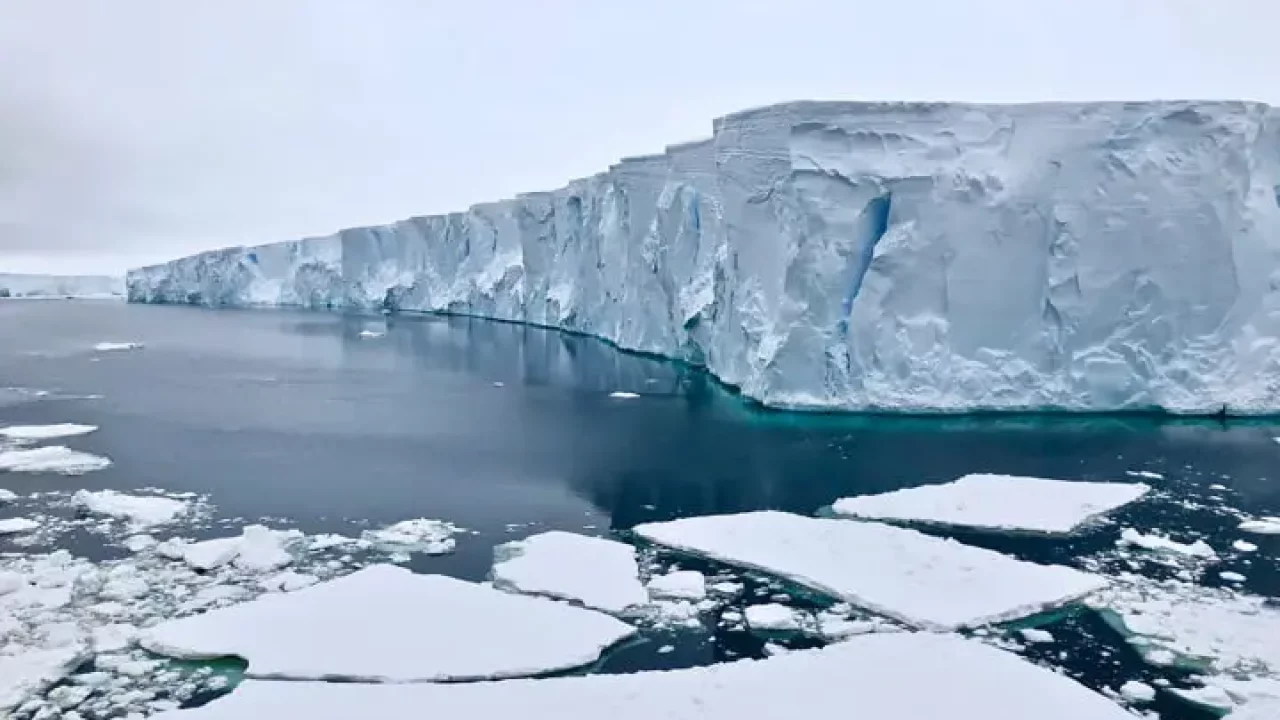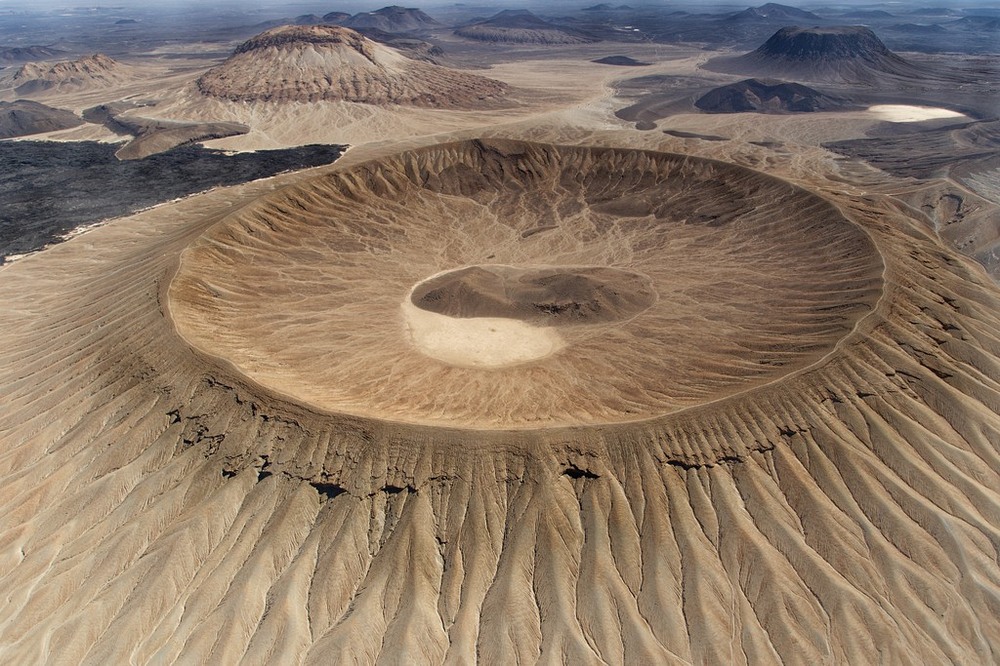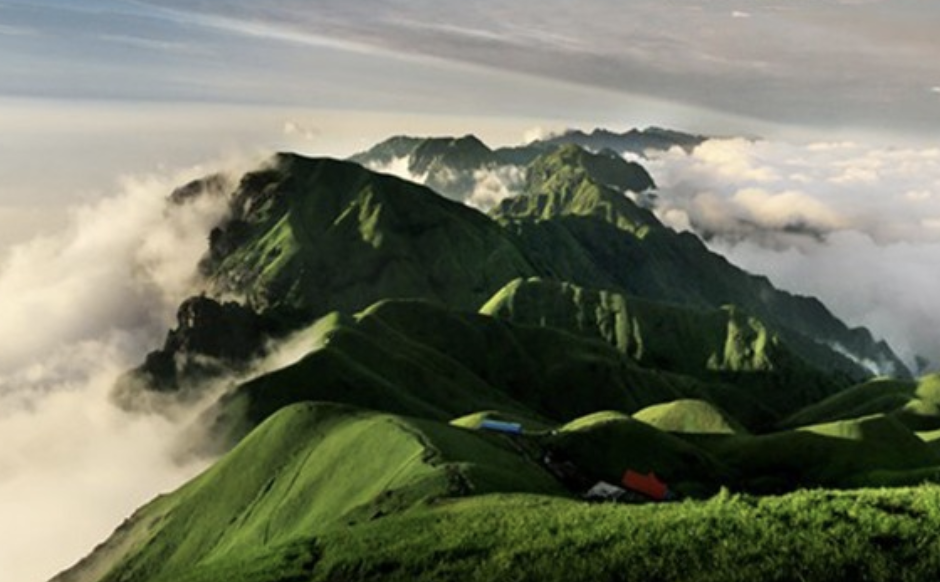Researchers warn that the rapid melting of the Thwaites Glacier could accelerate sea level rise more than previously anticipated.
In Kiribati, seawater encroaches on homes on stilts, eroding crops and contaminating fresh groundwater. With no part of this island nation rising more than two meters above the Pacific Ocean, two atolls have already succumbed to the sea. Scientists predict the entire area could become uninhabitable within decades, displacing hundreds of thousands.
This scenario threatens many regions worldwide, from Venice and the Netherlands to the Maldives and London. Now, scientists fear the accelerated melting of Antarctica’s "doomsday glacier" could hasten this process.
For the first time, evidence shows that warm seawater is reaching beneath the massive Thwaites Glacier, contributing to global sea level rise.
"The concern is that we may be underestimating the rate at which the glacier is changing, which could be devastating for coastal communities worldwide," said Dr. Christine Dow, a professor in the Faculty of Environment at the University of Waterloo and co-author of the study. "Thwaites is the most unstable place in the Antarctic."
As climate change raises global temperatures, glaciers and ice sheets in mountainous regions and polar ice caps are melting. This melting ice flows directly into the oceans, increasing sea levels.
Since 1880, global sea levels have risen by about nine inches. Any sudden rise could be catastrophic for coastal cities like London, New York, and Shanghai.
The Thwaites Glacier, comparable in size to Florida, contains enough water to raise sea levels by 65 centimeters (just over 2 feet). It already contributes 4% of the global sea level rise and loses 50 billion tons of ice annually.
Measuring approximately 120 kilometers wide and 1.2 kilometers deep, Thwaites has been melting gradually for decades. However, a team of international researchers has now found evidence of more "vigorous melting.”
Satellite observations reveal that water flows beneath the glacier's base, exposing it to significantly more warm water than previously thought.
“There are these bullseye features within the glacier, indicating that water is entering and forming a pond beneath the ice at specific points, which then fills and empties,” explained Dr. Rob Larter of the British Antarctic Survey, who has extensively studied the Thwaites Glacier.
“This water travels along a subglacial channel, remaining in contact with the ice because its temperature is two to three degrees above the melting point of the ice.”
The point of no return may have already been reached. The tidal movements cause water to seep under Thwaites' ice shelf, weakening its grip on the sea bed.
Although a similar phenomenon has been observed at Petermann Glacier in Greenland, it had not been documented in Antarctica before.
Thwaites is much larger than Petermann, with approximately eight times more ice in contact with the ocean.
The study's authors had hoped that Thwaites would take hundreds of years to lose its ice, but now they fear it could happen in a matter of decades.
Dr. Larter stated that the study provides a “missing link” in understanding what occurs “beneath many hundreds of meters of ice.”
The team used high-resolution satellite images and hydrological data to identify high-pressure pockets where the glacier’s surface had risen.
Dr. Larter noted that examining polar ice to predict rising sea levels is a challenging task.
Typically, scientists drill deep holes or use submersible technology to explore the ocean and the ice far below to monitor changes.
“It’s very difficult work because this is one of the most inaccessible environments on the planet. You’re talking about trying to figure out what’s going on beneath many hundreds of meters of ice,” he said.
Scientists believe that vulnerable nations should invest in protective measures against rising sea levels, as London has done with the Thames Barrier.
In the long term, they advocate for limiting carbon emissions as the best way forward.
However, for the doomsday glacier, it may already be too late.
“It’s probably too late to stop the overall retreat of Arctic ice,” said Dr. Larter. “We probably have reached the point of no return.”













0 Comments